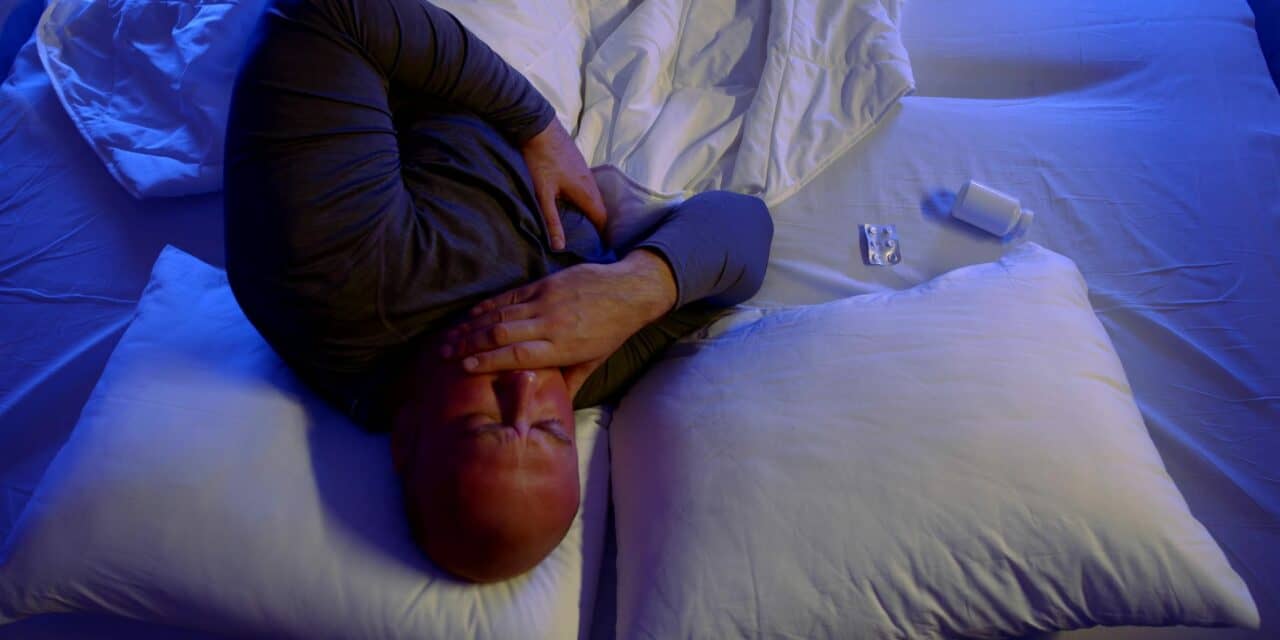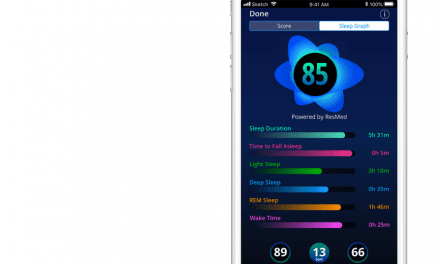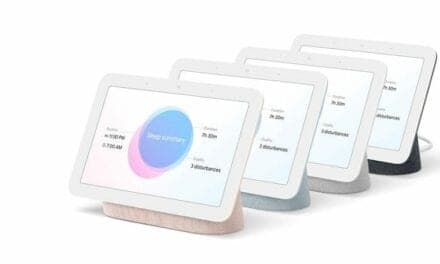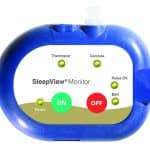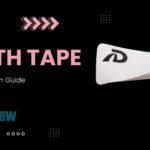The tool is designed to help users monitor local coughing trends and track their coughing over time.
Summary: Sleep Cycle has launched a new feature called “Coughing” within its Cough Radar tool, which provides users insights into local nighttime coughing trends via the app. This feature enables users to track their own coughing patterns in relation to those around them, helping them make informed decisions about whether to enter crowded settings. The data, which remains private and anonymous, is aggregated and analyzed using machine learning. The tool, drawing on statistics from over a million daily users, creates an interactive map to visualize regional cough patterns, offering a unique perspective on potential health risks in different areas.
Key Takeaways:
- Sleep Cycle has added a new tool called “Coughing” within its existing Cough Radar feature, which allows users to compare their nighttime coughing patterns to local trends.
- The data collected by the Cough Radar is kept private on the device, remains anonymous, and is aggregated before being interpreted by machine learning algorithms to ensure user privacy.
- The feature aims to help users make informed decisions about their exposure in crowded settings by providing insights into the prevalence of coughing in their surrounding area, which could indicate potential health risks.
Sleep Cycle, a provider of artificial intelligence-driven sleep analysis, unveiled Coughing, a new tool within its Cough Radar feature.
Cough Radar, which launched in late 2023, is an interactive map showing users how much people in their surrounding area are coughing. The Coughing tool now allows users to see their coughing in relation to coughing in their surroundings, as well as track their coughing over time to determine trends or potential illnesses.
The data remains private on the device and when used for Cough Radar. It’s anonymous, aggregated, and interpreted by machine learning algorithms.
“Thanks to the anonymous statistics provided by our more than 1 million daily active users, Sleep Cycle’s machine learning algorithms can interpret sounds and create the interactive map that is Cough Radar. This puts us in the unique position of being able to offer our users insights into how their surroundings are coughing,” says Mikael Kågebäck, chief technology officer of Sleep Cycle, in a release. “With the launch of Coughing, we can help our users understand their coughing in relation to their surroundings and help them make an informed decision about being in settings where many people might gather such as the workplace.”
Sleep Cycle’s Cough Radar and Coughing tools utilize a combination of sound analysis data, machine learning algorithms, and geolocation information to compile comprehensive statistics on cough occurrences at night. The application collects information from users who choose to participate, creating a dynamic and up-to-date representation of elevated cough activity in different regions.
The feature does not constitute and is not intended to constitute medical advice, diagnosis, or treatment, and should not replace any advice given by a physician or other qualified healthcare provider.
Photo 184718410 © Iaroslav Iakimchuk | Dreamstime.com

